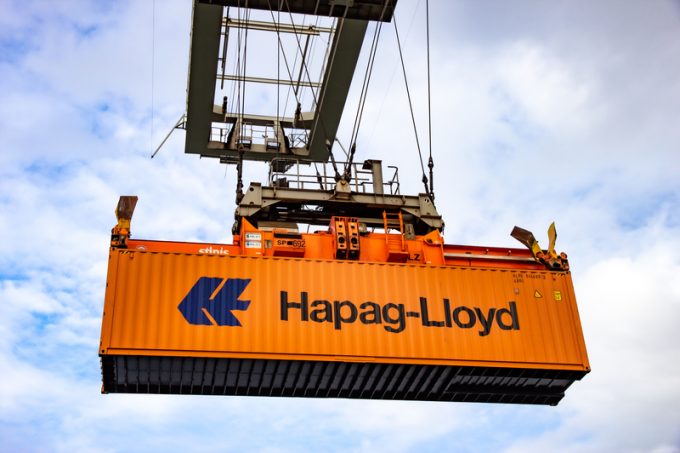SME forwarders shouldn't fear carrier moves, but watch out for 'Amazonisation'
Carrier efforts to break into forwarding should not leave SMEs concerned about a loss of ...

Container carriers serving India-Europe tradelane are looking at how to reduce the impact of rapidly sliding freight rates.
Hapag-Lloyd, for example, a strong player on the tradelane, has announced a heavylift, or container overweight, surcharge for shipments booked from West India (Nhava Sheva/Mundra) to North Europe from next month.
The levy will be $100 for standard containers weighing over 22 tonnes (gross), including the container tare weight and will apply from 1 July. It will apply to all 20ft container types until further notice, the German carrier told customers.
Typically, major carriers have attempted to push through ‘overweight’ and similar surcharges around this time to take advantage of the peak shipping season, but often at a heftier scale. Hapag-Lloyd’s modest levy is an indication of carrier realisation that the market is on the shippers’ side at the moment.
Average export freight rates from India to Europe and the Mediterranean have already fallen far below pre-pandemic levels.
According to freight forwarder sources in Mumbai, short-term contract booking rates for a teu from Nhava Sheva/Mundra to Felixstowe/London Gateway or Rotterdam stand at $600, down from $900 last month. For an feu, carriers are selling at about $700, compared with $1,000 a couple of weeks ago.
For Nhava Sheva/Mundra-Genoa, average selling prices have seen a downward correction of no less than $300 per box in the past week and are now hovering at $600/teu and $700, sources noted.
“Demand from the EU is heavily down, forcing carriers to adjust rates to pick up whatever cargo they can to have a reasonable level of liftings,” a Mumbai-based freight forwarder told The Loadstar.
So it remains to be seen if any surcharge move will work for carriers unless demand conditions improve.
However, some industry leaders remain optimistic about Indian exports. A Sakthivel, president of the Federation of Indian Export Organisations said: “We hope exports will start showing better growth numbers, starting July, as things are expected to improve from Q3 with fresh orders or order bookings for the festival and new year season beginning to come.”
Naren Goenka, chairman of the Apparel Export Promotion Council, added: “We believe that with government support and newfound zeal and enthusiasm, we will achieve new heights in apparel exports in the fiscal year 2023-24.”
Aided by trade diversification, Indian apparel exports gained some traction last fiscal year, hitting some $16.20bn by value, versus $16.02bn the previous year, according to industry data.
You can contact the writer at [email protected].
Comment on this article